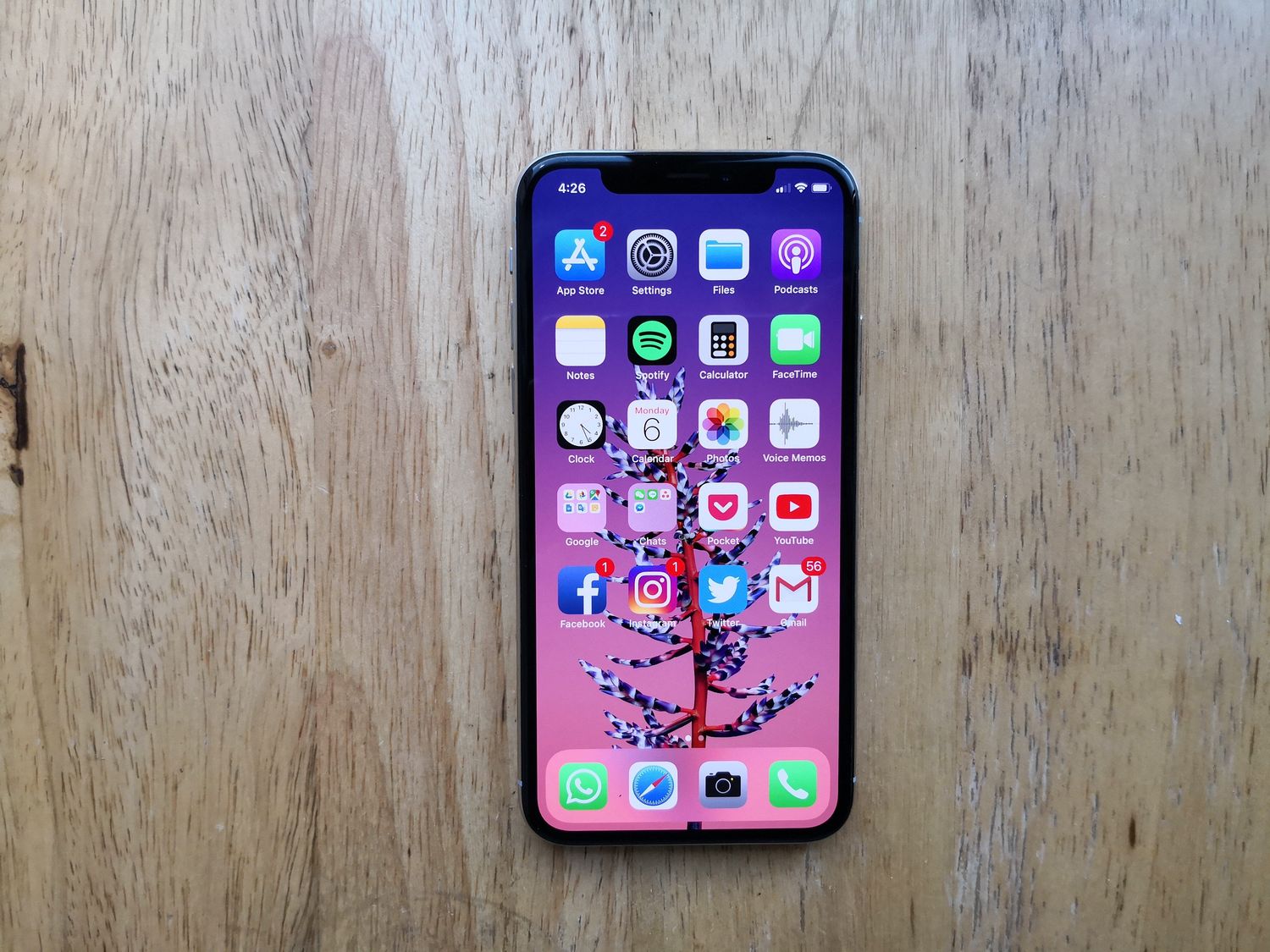
The iPhone 10, also known as the iPhone X, operates on the iOS operating system. This powerful and intuitive OS is designed specifically for Apple devices, offering seamless integration, top-notch security, and a user-friendly interface. iOS is renowned for its smooth performance, regular updates, and a vast array of apps available through the App Store. Whether you're a long-time iPhone user or considering making the switch, understanding the OS of the iPhone 10 is crucial to maximizing its potential. In this article, we'll delve into the intricacies of the iOS operating system, exploring its features, benefits, and how it enhances the overall iPhone 10 experience. So, what exactly is the OS of iPhone 10? Let's uncover the details.
Inside This Article
iOS: The Operating System of iPhone 10
When discussing the operating system of the iPhone 10, it’s essential to delve into the history of iOS, the proprietary software developed by Apple Inc. for its mobile devices. iOS has evolved significantly since its inception, shaping the user experience and setting the standard for mobile operating systems.
Initially released in 2007, iOS, formerly known as iPhone OS, debuted alongside the first-generation iPhone. Over the years, it has undergone numerous iterations, each introducing innovative features and enhancements. The seamless integration of hardware and software has been a hallmark of iOS, contributing to the overall appeal of Apple’s devices.
One of the defining characteristics of iOS is its intuitive and user-friendly interface. From the iconic app icons to the fluid navigation gestures, iOS offers a cohesive and visually appealing environment. The App Store, a cornerstone of iOS, provides access to a vast array of applications, further enriching the user experience.
Integration with iPhone 10 is where iOS truly shines. The advanced capabilities of the iPhone 10, including the edge-to-edge display, Face ID, and dual-camera system, are seamlessly supported by iOS. The optimization of hardware and software results in unparalleled performance, empowering users to explore the full potential of their devices.
When comparing iOS with other operating systems, its robust security measures, consistent updates, and ecosystem integration set it apart. The tight integration between iOS and Apple’s hardware ecosystem fosters a cohesive and interconnected user experience, distinguishing it from competing platforms.
Conclusion
In conclusion, the iPhone X operates on the iOS operating system, which is renowned for its seamless performance, intuitive user interface, and robust security features. With regular updates and a wide array of apps tailored for iOS, the iPhone X offers a smooth and enjoyable user experience. The iOS ecosystem, encompassing features such as Siri, Face ID, and Apple Pay, further enhances the functionality and convenience of the device. As Apple continues to innovate and refine its operating system, the iPhone X remains a compelling choice for users seeking a blend of cutting-edge technology and user-friendly design.
FAQs
-
What is the operating system of the iPhone 10?
The iPhone 10, also known as the iPhone X, runs on the iOS operating system. -
Can the iPhone 10 be upgraded to the latest iOS version?
Yes, the iPhone 10 supports software updates, allowing users to upgrade to the latest iOS version available for their device. -
What are the key features of the iOS operating system on the iPhone 10?
The iOS operating system on the iPhone 10 offers a seamless user experience, enhanced security features, a wide range of apps through the App Store, and seamless integration with other Apple devices. -
How often does Apple release updates for the iOS operating system?
Apple typically releases regular updates for the iOS operating system, including bug fixes, security enhancements, and new features, ensuring that iPhone 10 users have access to the latest improvements. -
Is it possible to customize the iOS interface on the iPhone 10?
While the iOS interface on the iPhone 10 maintains a consistent and intuitive design, users can personalize their device through various settings, wallpapers, app layouts, and widgets.
